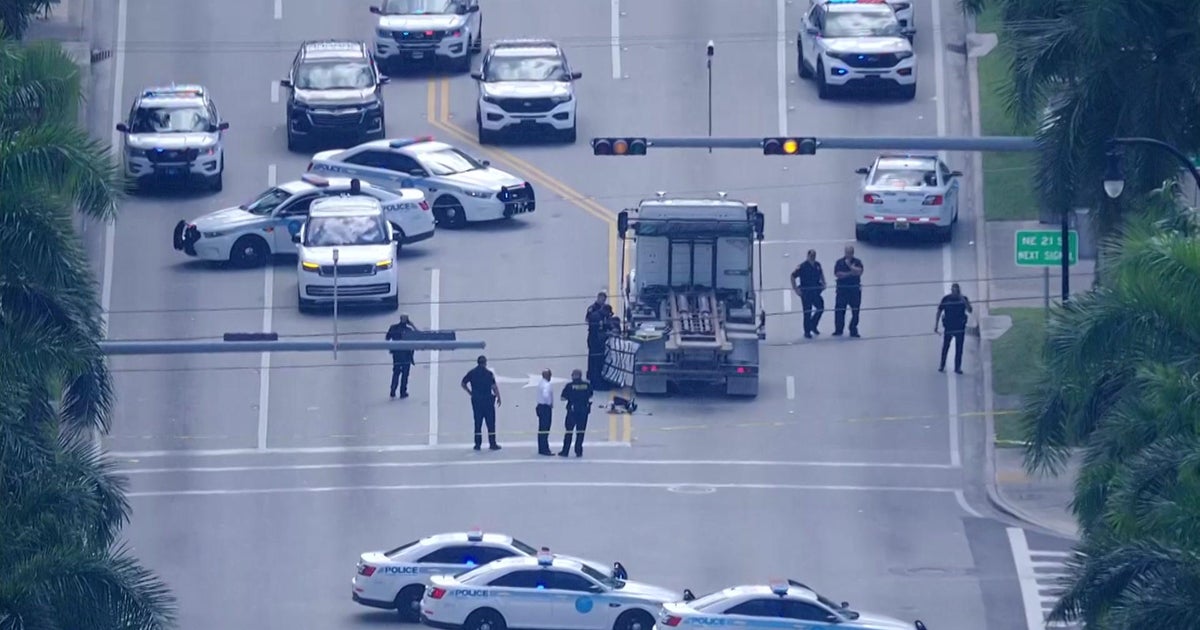Only riders can make Beach transit work – plan it for them

Advertisement

If there was a plot to keep us from riding mass transit to Miami Beach, it would match plans for the new Beach corridor: make us use four, five or more transit modes to get from the airport or South Dade to the Miami Beach Convention Center.
That alignment would make sure that a new billion-dollar Smart Program link from downtown to the Beach carried only riders of last resort: those without cars who must spend hours going to and from Miami Beach service jobs.
If that mixed transit is a fancy Smart Program, I’ll take plain vanilla – a ride in one seat that gets me from here to there. The more changes from one transit car to another, the fewer riders you’ll get.
It’s no wonder that an Aug. 9 presentation on the Smart Program for Miami Beach switched on a buzzsaw of criticism, focused on what modes of transit are planned and where they are to run.
There is plenty to criticize.
For the new Beach corridor alone, they plan three different modes of transit.
One would run from Midtown Miami to a station planned at empty Herald Plaza (where the Miami Herald building once stood, now marked by nothing but plans for a gambling casino owned by partners in the consortium to build the cross-bay leg). That street-level trip down the center of Miami Avenue would roll on a guideway.
The next segment would connect the future casino resort with Miami Beach, crossing the MacArthur Causeway via a monorail or elevated rubber-tired vehicle.
To get up Miami Beach, travelers would transfer again to a bus or trolley running on the outside lanes of Washington Avenue.
That clumsy new cross-bay transit would require three rides on three different kinds of transit to get from one end of just that corridor to the other.
And what if you want to go somewhere other than from Midtown Miami to the convention center and back? Simply wait for a Metromover to take you to wait at the Metrorail to take you to await whatever form of transit is on the next part of your trip – maybe an express rapid transit bus to South Dade or the airport monorail from the intermodal center near the airport to the airport itself, or maybe an old-fashioned bus or city trolley.
Wouldn’t you simply avoid transit transfers and go start to finish by car, Uber or taxi?
And why does a Miami Beach corridor focus on Herald Plaza, which now has absolutely nothing to go to or come from?
It’s because Genting Resorts World, which got the county started on developing the line from downtown to the Beach, bought Herald Plaza from the Miami Herald to build the world’s largest casino and has an agreement to get county land next door to build a bus terminal, with another Genting casino resort hotel on top.
That bus depot is long overdue, awaiting a state law to legalize casinos in Miami. Bet on no finished Miami Beach transit leg either until casinos are allowed, with Miami Beach transit used as a ploy to get them.
The quest for casinos is the only reason Genting asked the county to open a door to privately owned transit from Miami to Miami Beach with taxpayers paying all operating costs and developers getting all the transit revenues.
Genting’s unsolicited offer to the county said the global casino giant would build that cross-bay line for $450 million, $150 million of that from Genting. That got the county to seek proposals. Then the consortium that includes Genting bid not $450 million but $770 million, with the public to pay it all. In negotiations the consortium again upped the ante, to $979.2 million, with the public to pay it all.
Talk about bait and switch!
Everyone agrees that cost is excessive. Many at the Aug. 9 meeting said plans for transfer after transfer would repel potential users. And impartial observers question why government would consider a casino hub for transit in the first place.
But those points weren’t the reason for the meeting. It was for environmental impact, about which we defer to experts. Maybe the transit would harm the environment, maybe improve it – though we doubt that cross-bay plans likely to keep most of us in private cars to avoid awkward trips could reduce carbon emissions once transit runs in 2026 – assuming casinos are legal by then.
And they call this the Smart Program.
One problem is that the planners are engineers. We’re sure they know how to design a system that will run. But they don’t seem to be designing a system that the public will willingly use.
An advocate for the Transit Alliance, a non-profit designed for riders themselves, noted after the recent meeting that transit users should have had a voice in shaping the use and corridor.
It’s not too late to rectify that omission. Nothing has been built. The county would owe the consortium $6 million if it walked away. But why spend $1 billion for a likely flop? It’s worth a $6 million charge to get a plan that works.
We sorely need cross-bay rapid transit. But let’s do it right. The cost is too high, the route is wrong, the mix of three new transit modes is awkward and none of the three even flows into transit we are already running.
Let’s try again, this time focusing on the needs of the riders rather than those of the developer.


